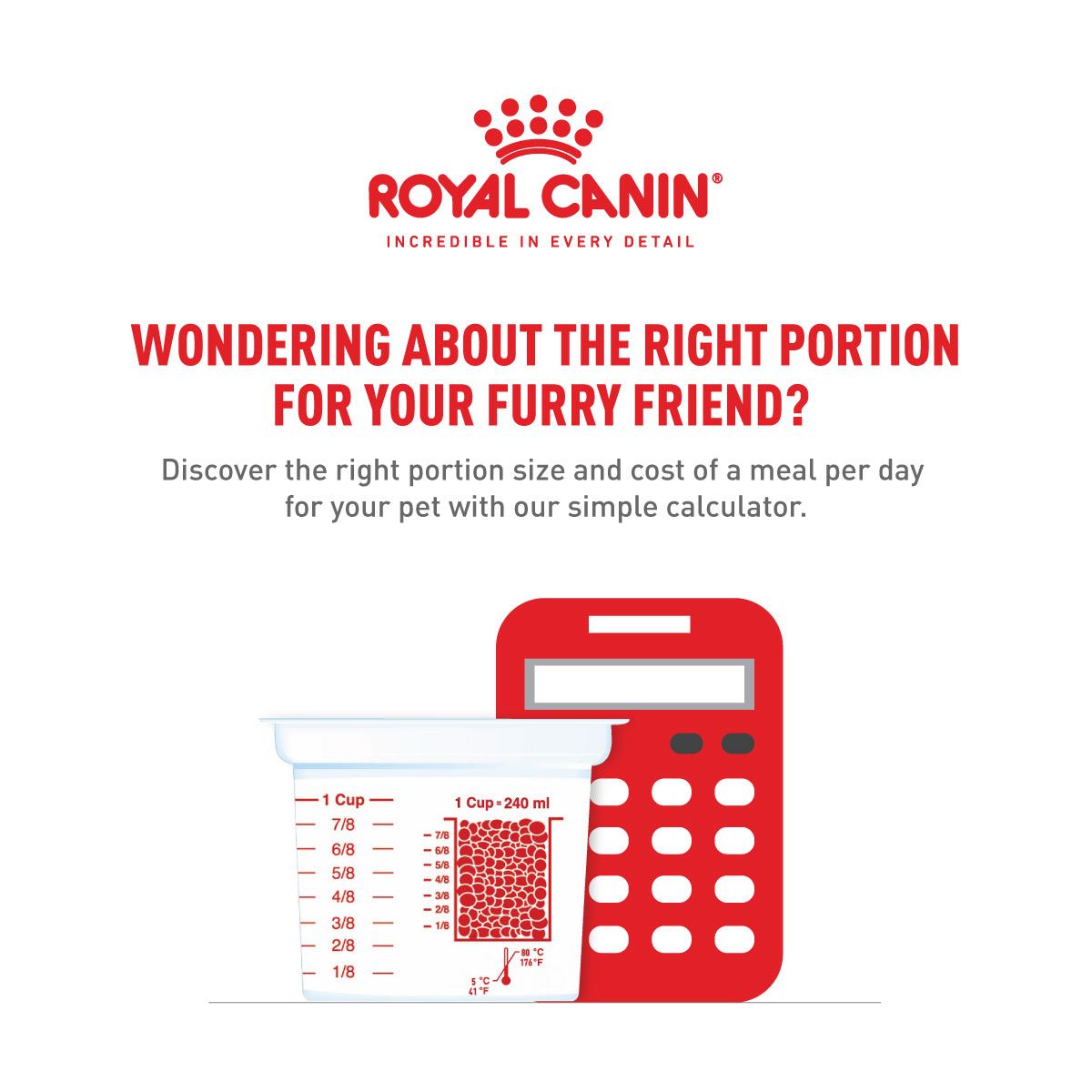How to train your puppy to sit
Begin by holding a dog treat in front of your dog's nose. Lift the treat over the top of your dog's head to encourage them into a sitting position. As your dog lifts their head to follow the treat, they should naturally sit. Reward your dog for their good behavior's.
Repeat these steps several times a day until your dog understands. After this, continue to use the hand gesture and gradually remove the treat. Once your dog reliably sits, you can introduce a verbal cue at the same time
How to train your puppy to lie down
Once your puppy knows how to sit, you can teach them to lie down, by holding a treat, lowering it between their front paws and pulling it away from them. When they lie down, reward them for their good behaviour. Again, continue to repeat this action, slowly phasing out the treat, until your puppy is able to complete the action in any given situation.
When you are confident your puppy can complete the action reliably, you can start to associate a verbal action with the command too.
How to train your puppy to wait
Start by getting your dog to sit using a hand gesture and saying the word "Sit". Put your hand in front of you, palm forward, as you say “Stay”
Wait a couple of seconds, then reward your dog for their good behaviour. Now repeat the exercise. Ask your dog to "Sit" but this time step back with the palm of your hand facing your dog and give the “Stay” command. Wait for 3 seconds then step forward and reward your dog.
Repeat these steps gradually increasing how far you step back, giving your dog a reward every time they stay. Don't forget to "release" your dog at the end of every exercise by encouraging them to get up again. You’ll find that you’ll get better results with frequent sessions of several minutes.
How to train your puppy to come to you
Puppies aren’t the most focussed animals so it’s best to run their training sessions in an enclosed area with very few distractions. Start by letting your puppy wander off, then crouch down, open your arms out and use an excited tone of voice to call their name followed by the word cue word.
When they arrive give them lots of praise and reward them with a treat. Then, give them another treat while you clip a lead on their collar. Once they’ve finished the treat, unclip the lead, stand up and walk away. Now repeat the process from the start.
Practice every day for a few weeks, keeping the sessions short. Make sure you practice in different situations, always with the safety of your dog in mind.
How to train your puppy to heel
Start by getting your dog to sit. Put a treat in your hand and hold it at the level of your dog's chin. Then walk forward briskly and say "heel".
As your dog is about to catch up, stop walking and get them to sit. Now, reward your dog for their good behaviour. Repeat these steps for several minutes or until your dog gets tired.
Practice whenever you get the opportunity. Heel walking is an advanced behaviour for a dog so you'll get the best results if you have frequent training sessions over a number of months.












